If trees absorb the carbon dioxide that contributes to global warming, how can harvesting them for timber framing be good for the environment?
As one of our oldest and most popular building resources, we don’t often stop to think about where the timber in framing comes from, the trees it grows from, how it’s produced, and what footprint it leaves behind.
Timber is a renewable resource that can play a key role in sustainable construction. When sourced from sustainably managed softwood forests, timber is one of the most environmentally friendly building materials available. Unlike non-renewable materials, wood can be regrown, absorbing carbon throughout its life cycle.
Sustainable forestry practices ensure that trees are harvested responsibly, allowing ecosystems to thrive while meeting the demand for building materials. By choosing timber, we support a cycle that promotes renewable resources and reduces our environmental footprint.
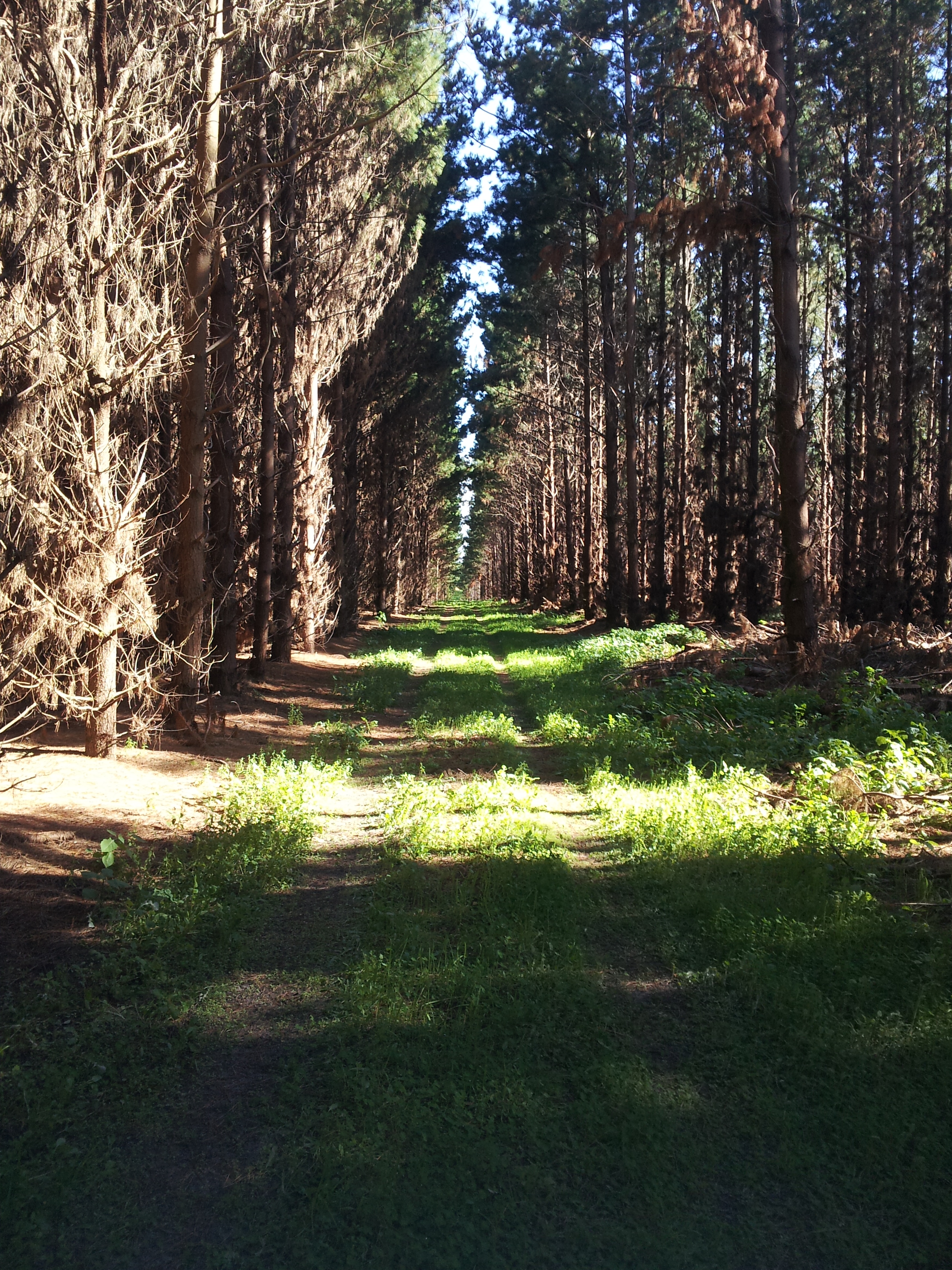
Sustainably managed softwood
Most of the timber framing we manufacture comes from sustainable softwood plantations in Australia, with sustainably managed imports playing a valuable role in meeting demand.
Careful planning goes into the harvesting and replanting of these trees to ensure environmental protection and a supply that lasts for years and years. Through a rigorous, internationally recognised certification process, these plantations balance people, planet, and profit. They safeguard ecologically important areas, prohibit widespread deforestation, and respect the rights of workers.
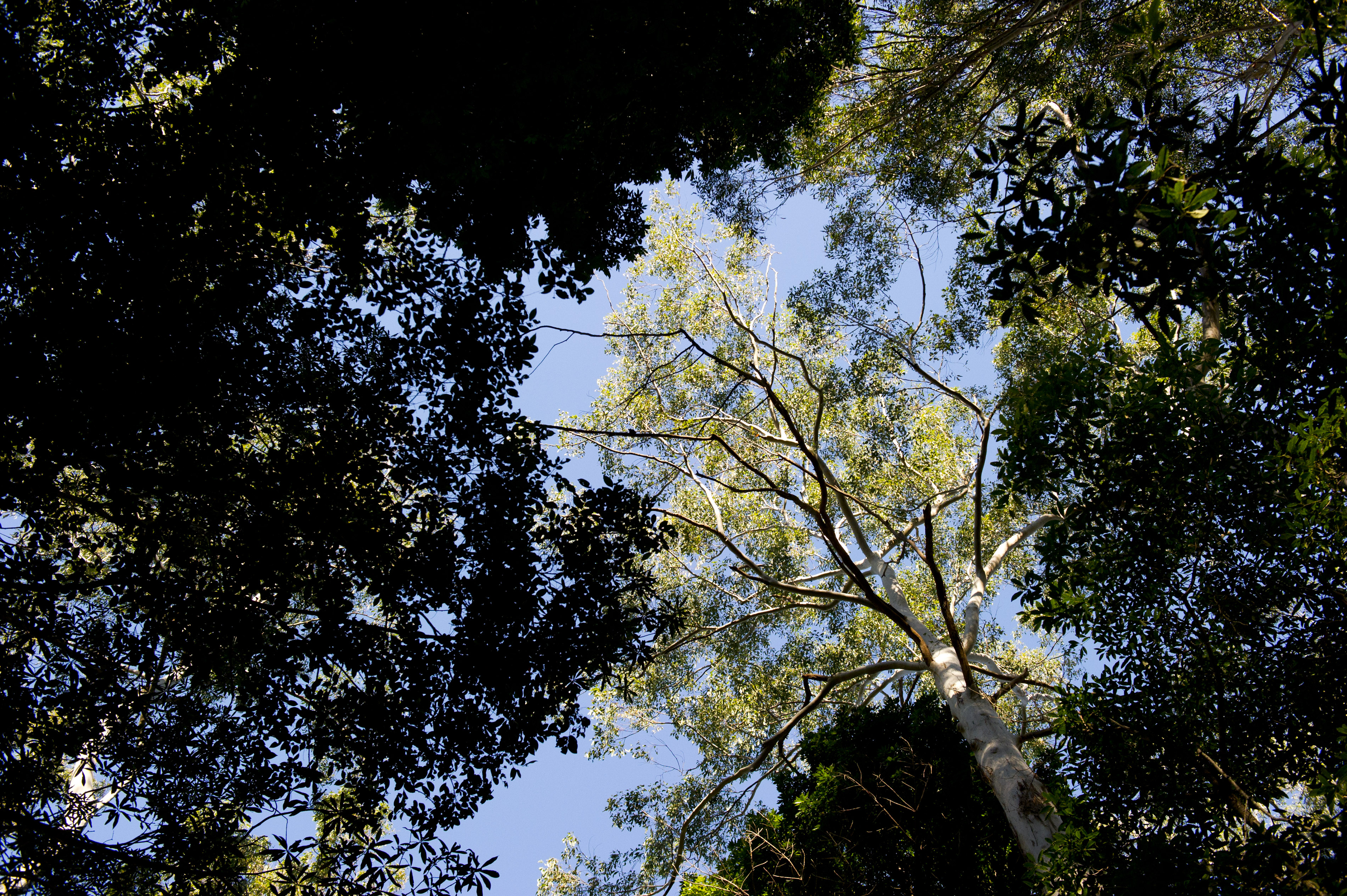
Well-managed forests are one of the best ways to help the planet. According to the Intergovernmental Panel on Climate Change, sustainably harvesting and regrowing forests for timber delivers the best climate change mitigation results.
Why softwood?
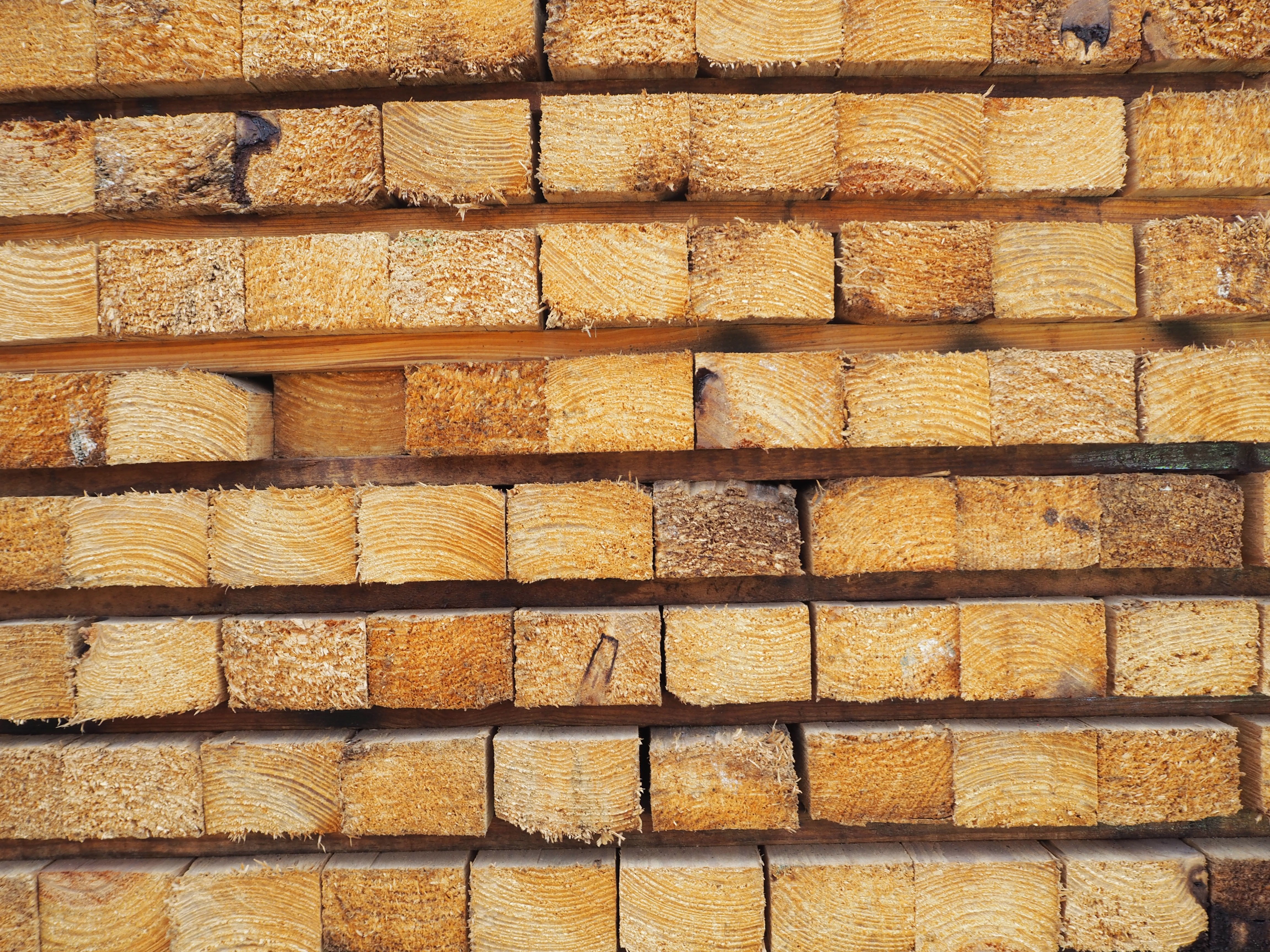
Fast growing
Softwood plantations produce a lot of wood per hectare, making them efficient at meeting demand. Our softwood plantations in Australia grow the amount of timber framing needed for an average home in about 150 seconds.
Carbon mitigation
Younger trees grow faster and therefore sequester carbon at a quicker rate. Sustainably managed softwood trees grow for around 30 years before they are harvested. This allows them to capture large amounts of carbon that stays locked up in timber products, like timber framing, for the life of the product.
In 2021, Australia’s plantations had a carbon stock of about 186 million tonnes and a further 167 million tonnes stored in the wood products made from harvested trees. This means that plantations are being planted and while they grow, they store CO₂ in their biomass such as trunks, branches, and even roots.
Strong and durable
Softwood timbers are structurally strong, lightweight, easily transported and easy to work with. This means your timber frame has a natural resistance to expansion and contraction which ensure it can last a long time. Wood is also flexible and adaptable which means that timber frames are ideal for structural framing.
Australian softwood plantations
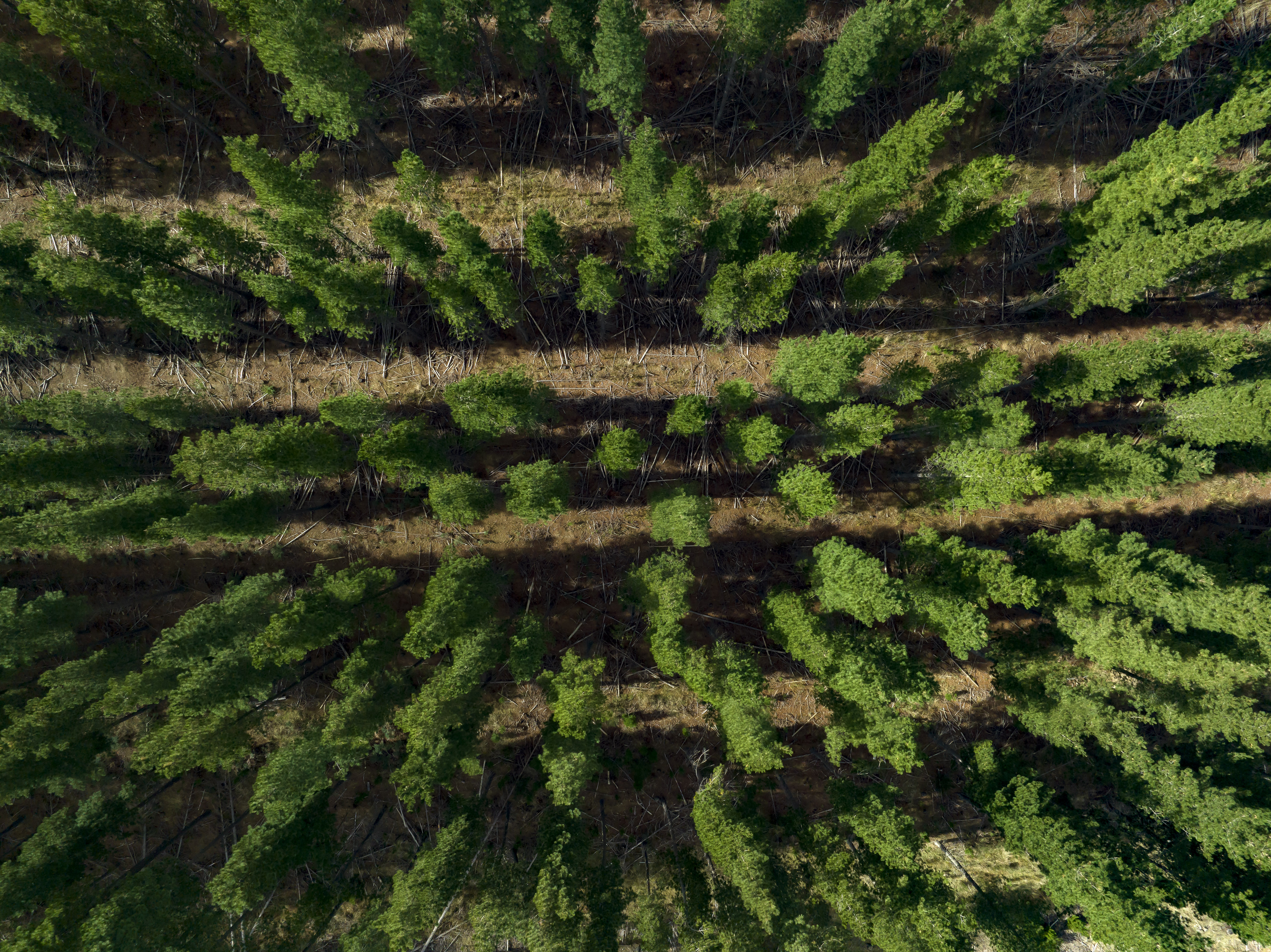
Australia has approximately 1.82 million hectares of commercial plantations. This accounts for only 1.4% of Australia’s total forested area.
We grow a range of different softwood species, both native and non-native. Native species, such as hoop pine, celery top pine, and white cypress are mostly grown in plantations across Tasmania and the eastern states. Non-native species, such as radiata pine and slash pine, are grown across the country, with radiata pine being the most common.
Replanting harvested trees is not only good for the environment and sequestering carbon, but also a commercially sound decision to keep the cycle going. In Australia, foresters focus on ensuring that the areas they harvest are replanted or regenerated to sustain their business’ ability to sequester carbon and to keep up with the demand for timber to build our homes.
International forests and timber
With timber framing in such high demand, internationally imported softwoods—like European spruce and pine, and Canadian spruce pine fir—help sustain our supply. These imports come from all over the world.
Certified Timber Sources & ESG Considerations
Buying timber and wood products that are certified sustainable by the FSC or PEFC (Responsible Wood here in Australia), means that the timber we buy has been monitored and standards have been met up the supply chain to ensure sustainable practices and a responsible chain of custody.
Using certified sustainable timber for framing is crucial for builders committed to responsible and sustainable construction practices. Certified timber ensures builders are using timber that is legally harvested and sustainably managed.
These certifications not only support forestry but also align with global objectives like the United Nations Sustainable Development Goals, particularly in promoting responsible consumption and climate action. Buying certified timber framing upholds the integrity of sustainable timber practices, giving builders and consumers' confidence in the sustainability and legality of the timber they choose.
Forest regeneration
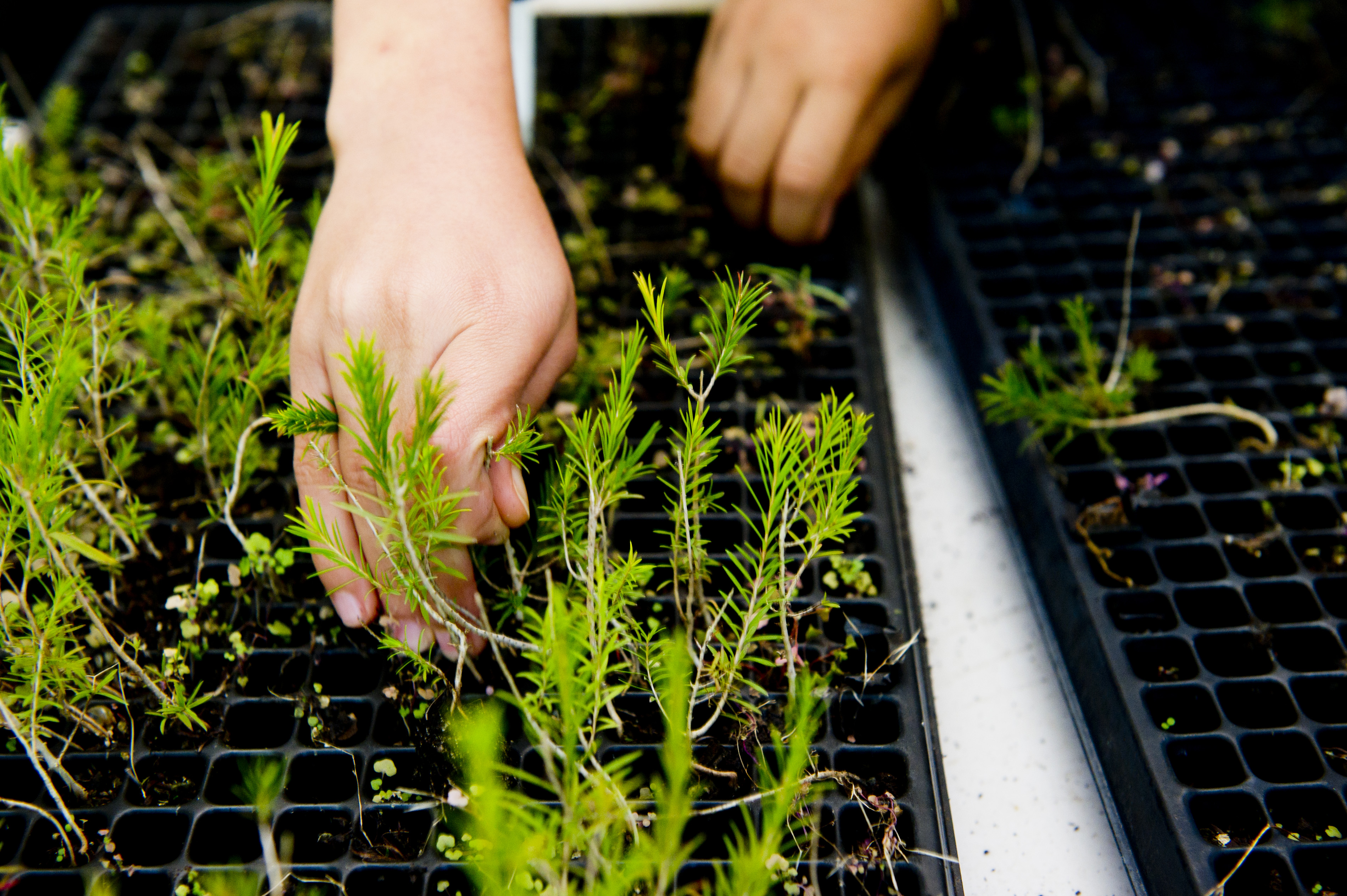
Regenerating forests is the process of restoring and rejuvenating them after they have been disturbed or degraded. And can you guess who does a lot of work to regenerate our forests in Australia? Foresters!
Foresters all over Australia plan and work through a process called assisted regeneration. This means they study the health of the forest, remove invasive species and pests, and re-plant native species to reestablish growth.
Innovation and working toward a circular economy
Timber production can be circular when managed sustainably through practices that emphasise reuse, recycling, and regeneration. In a circular system, wood products are designed for longevity and can be repurposed at the end of their life cycle, either through re-manufacturing or as bioenergy. Many timber mills across Australia use their byproducts to heat their kilns that dry the timber that goes into our house frames.
Forests themselves are replenished through responsible harvesting and replanting, ensuring that the carbon stored in timber continues to be sequestered. By prioritising sustainable forestry, reducing waste, and reusing materials, the timber industry is minimising its environmental impact while contributing to a regenerative loop.
You have the power to make an impact
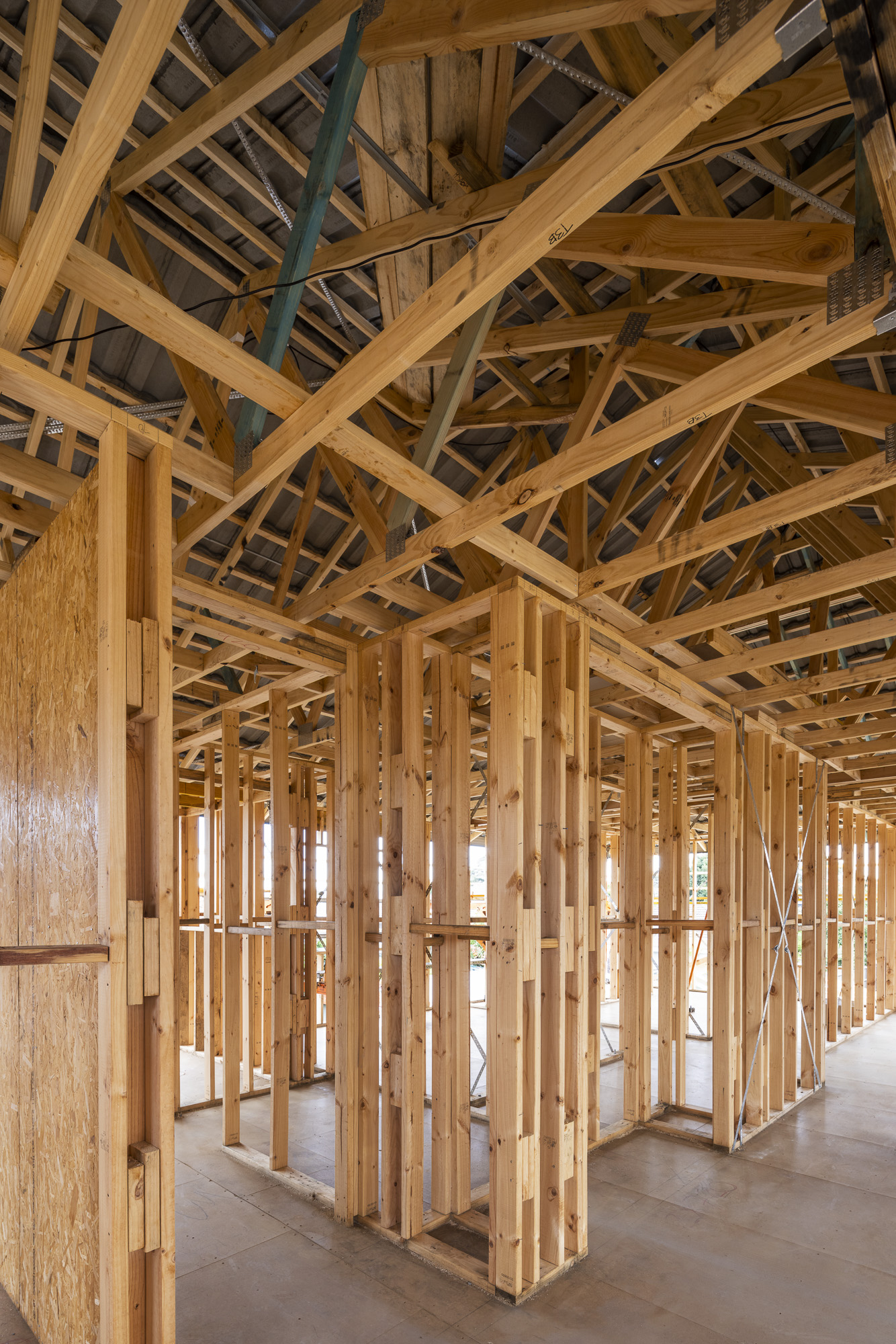
Every choice we make has an impact. When we choose to work with sustainably sourced timber framing over other materials, we help protect the environment while building the homes and buildings necessary for Australia to grow and prosper.
The more timber framing we use, the more sustainable forests we plant, preserving our home and protecting the air we breathe. Talk to your builder about renewable timber framing for your home or addition.
